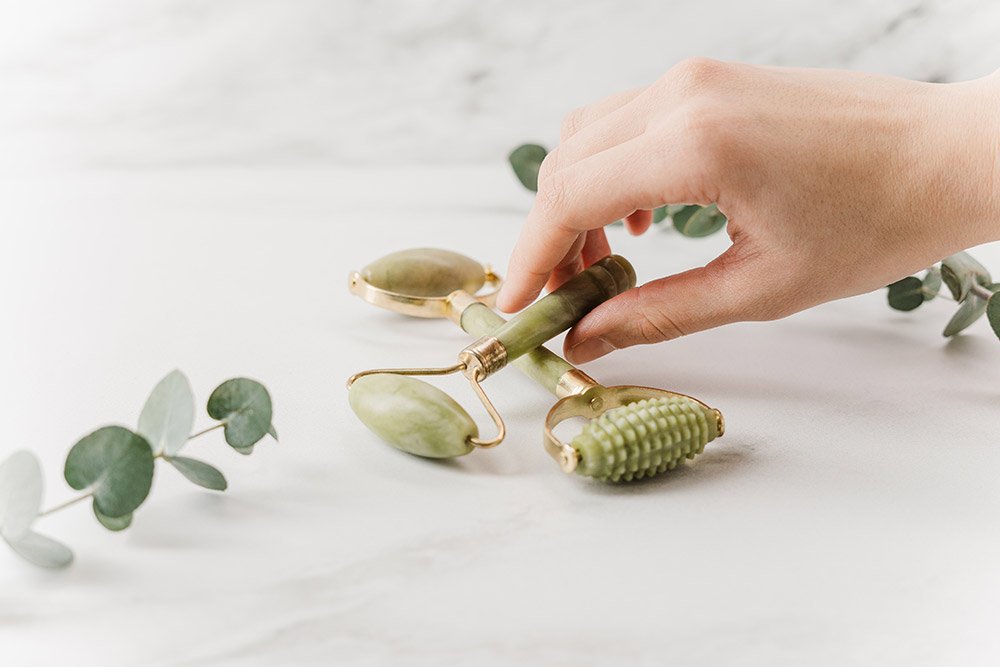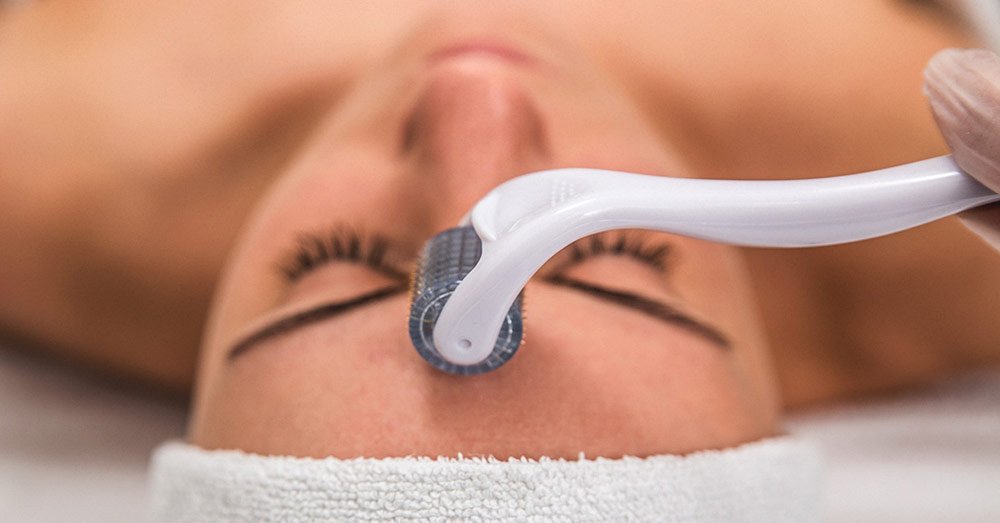A change in weather requires a bit of a regimen shakeup. Climates vary across the globe, but in the summer, we typically deal with increased time in the sun, higher humidity levels and higher temperatures, while winter months often mean cooler weather, drier air, indoor heating and exposure to elements like wind, snow and rain, all of which can make a cocktail of free radicals ready to cause some damage to the skin. With the winter chill creeping in,our skin is the first to notice and feel the effects, which are usually dryer, flaky, itching skin that can also be a lot more fragile than you are used to.
In this blog we will be sharing a few helpful tips and tweaks so your skin looks and feels hydrated, vibrant and generally its very best.
At What Point Should I Change My Skincare Routine?
In terms of transitioning your skincare regimen for fall, you should really pay attention to a decrease in humidity versus temperature, It’s this decrease in humidity that causes many of the changes in the skin we associate with the transition from summer to fall. When wind repeatedly strikes the skin, it draws out moisture and causes a breakdown in the skin barrier.
How can I change my skincare routine in winter?
There are a few seasonal swaps you can & must make when changing your skincare routine in winter ;
- Think twice about your CLEANSER: In winter’s there is less moisture in the air, and the skin produces less oil. Cleansers that strip skin of its natural oil’s will accelerate and intensify dry skin. Opt for gentle, creamy formulations with cream to oil cleanser to ensure a hydrated and healthy skin barrier.
- Moisturizer The real saviour: Keeping skin hydrated in the cooler month’s is the cardinal rule of winter time skin care. To build a defence against dry skin, choose a rich, creamy moisturizer with humectants and occlusive ingredients, not only to draw water into the skin but also to seal hydration into the skin.
Ingredients like glycerine, ceramides & niacin endure well hydrated skin as well as a robust & intact skin barrier. For driest skin types & those with eczema or sensitive skin , heavier creams or ointments containing petrolatum, quench & heal skin better than anything else. To really amp up the skin’s absorption, follow the technique that Dr. Chhabra & most dermatologists suggests : apply serum or moisturizer after cleansing & patting dry your face, while the skin is still damp for maximum hydration to lock the moisture.
- Serums The unsung Hero: A good serum is a great saviour if used aptly. Serum with hyaluronic acid for eg, helps replenish lost moisture, giving you long term hydration & smoother, plumper skin. Pat the serum onto damp skin after cleansing but before moisturizer for it to work under it & as first thing on clean skin for max absorption.
- Sunscreen , one Man army: During the cool months, its important to choose a sunscreen wisely, labelled ‘broad spectrum’, since the SPF rating refers only to protection against UVB & not UVA rays. Unless you are out exercising or golfing on a bright sunny winter day, there is not much need for a high spf, since UVB rays are at minimum. On the flip side, UVA rays ,the long wavelength of sunlight that penetrates into the skin dermis, breaking down collagen & elastin, which contributes to sun spots, sagging & wrinkling, dominates in winter months.
What’s worse is, due to cooler temp, its harder to feel the sun’s effect on skin which can lead to serious sun damage. The ingredients that you need to look for in your sunscreen which effectively protects against UVA light are zinc oxide & avobenzone.
- Actives & exfoliants: As its easier for the skin to become inflamed during the drier months, Dr. Chhabra recommends cutting back on exfoliation. Chemical or physical exfoliants once or max twice a week should be enough ,as it can perpetuate the dehydration cycle by stripping the skin’s oil. For sensitive skin, go lighter with potentially irritating ingredients like AHA, BHA, retinoids, keeping it max to 3-4 times a week versus daily application as in summers.
- Start eating Different: Another way to start setting up your skin for success in fall & the impending winter months, is to start eating Different, with more omega 3 & 6, that keeps your skin all supple, like ,more eggs with good protein ,more fish like slamon, sardines, or fish oil capsules instead.
Also do not forget to keep yourself hydrated ,by drinking at least 2-3 litres of water per day. Aim for clear pee.
Happy & Warm winter’s folks !



